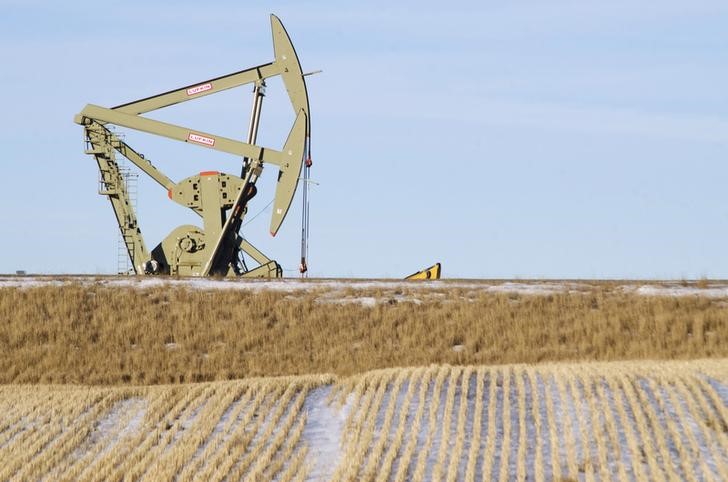By Ambar Warrick
Investing.com-- Oil prices rose sharply from a one-year low on Friday as traders bought into heavily-discounted markets, but were still set for deep losses this week as growing fears of a recession and rising interest rates eroded the outlook for crude demand.
Markets largely looked past the shutdown of the U.S.-Canada Keystone pipeline after a spill in Kansas, with analysts opining that the disruption in supply did little in the face of worsening demand.
Warnings of a U.S. recession in 2023, brought about by rising interest rates and inflation, saw crude markets plummet this week.
Brent oil futures rose 0.5% to $76.91 a barrel in early Asian trade, while West Texas Intermediate crude futures jumped 1.2% to $72.31 a barrel, with both contracts rebounding from their weakest levels since December 2021.
The two contracts were also set to lose about 10% this week, with Brent headed for its worst week since late-July, while WTI was set for its worst weekly drop since late-March.
Focus now turns to U.S. producer inflation data for November, due later on Friday. While the reading is expected to show that inflation eased slightly from October, markets are wary of any signs indicating stickier-than-expected price pressures.
The reading will also set the tone for the more closely watched consumer price index, which is due next week.
Hotter-than-expected U.S. economic data over the past week ramped up concerns that price pressures will take longer than expected to cool. The country’s labor market remains tight, while business activity is also showing signs of resilience despite rising interest rates.
Such a scenario could push the Fed into raising borrowing costs to higher-than-expected levels, which is expected to apply more pressure on crude demand. The central bank is set to hike rates by 50 basis points next week.
While recent data showed U.S. oil inventories shrank more than expected, a sustained build in gasoline and distillate inventories signaled that on-the-ground demand remains subdued in the world’s largest oil consumer.
Still, crude prices may see some relief going into 2023 amid improving demand in major importer China. The country had this week announced the scaling back of several anti-COVID measures, which could eventually spur an economic recovery and in turn help its crude appetite return to pre-pandemic levels.
But a swathe of weak data released this week shows that the Chinese economy faces a long road to recovery.
